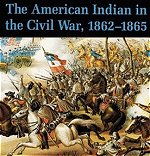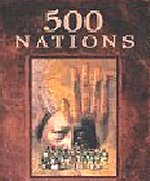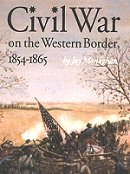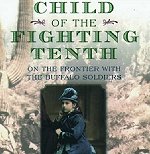|
|
|
|
 The American Indian in the Civil War, 1862-1865 The 1862 Battle of Pea Ridge, a bloody disaster for the confederates but a glorious moment for Colonel Stand Watie and his Cherokee Mounted Rifles. The Indians were soon enough swept by the war into a vortex of confusion and chaos. |
 500 Nations An eight-part documentary that explores the history of the indigenous peoples of North and Central America, from pre-Colombian times through the period of European contact and colonization, to the end of the 19th century and the subjugation of the Plains Indians of North America |
Oklahoma State Battle Map State Battle Maps American Civil War Exhibits Civil War Summary Women in the War Civil War Submarines Documents of the Civil War Confederate Commanders Union Generals Civil War Picture Album |
 Indian Warriors - The Untold Story of the Civil War Some 20-30 thousand Native Americans fought in the Civil War. Ely Parker was a Seneca leader who found himself in the thick of battle at the side of General Ulysses S. Grant. Stand Waite, a Confederate General and a Cherokee was known for his brilliant guerilla tactics |
Kindle Available Civil War on the Western Border, 1854-1865 Fanatical politics of the western frontier, immigrant abolitionists with loaded Spencer rifles funded by mysterious personages back East, cut-throats, gin heads and horse thieves, colorful character descriptions |
 The Civil War in Arizona: The Story of the California Volunteers, 1861-1865 History of the California Column in wartime Arizona and a rare compilation of letters written by the volunteer soldiers who served in the U.S. Army from 1861 to 1866. These letters provide testimony of the grueling desert conditions the soldiers endured as they fought on many fronts |
 Black Flag: Guerrilla Warfare on the Western Border, 1861-1865: A Riveting Account of a Bloody Chapter in Civil War History The guerilla warfare along the Kansas-Missouri boarder brought forth some of the bloodiest incidents of the Civil War |
Kindle Available Child of the Fighting Tenth: On the Frontier with the Buffalo Soldiers The drama of growing up in the frontier army, the Indian wars on the plains, the Geronimo campaign in the Southwest and Mexico, her love for the regiment and the Buffalo Soldiers, their admiration for her, and even her lost love for a dashing young cavalry officer |